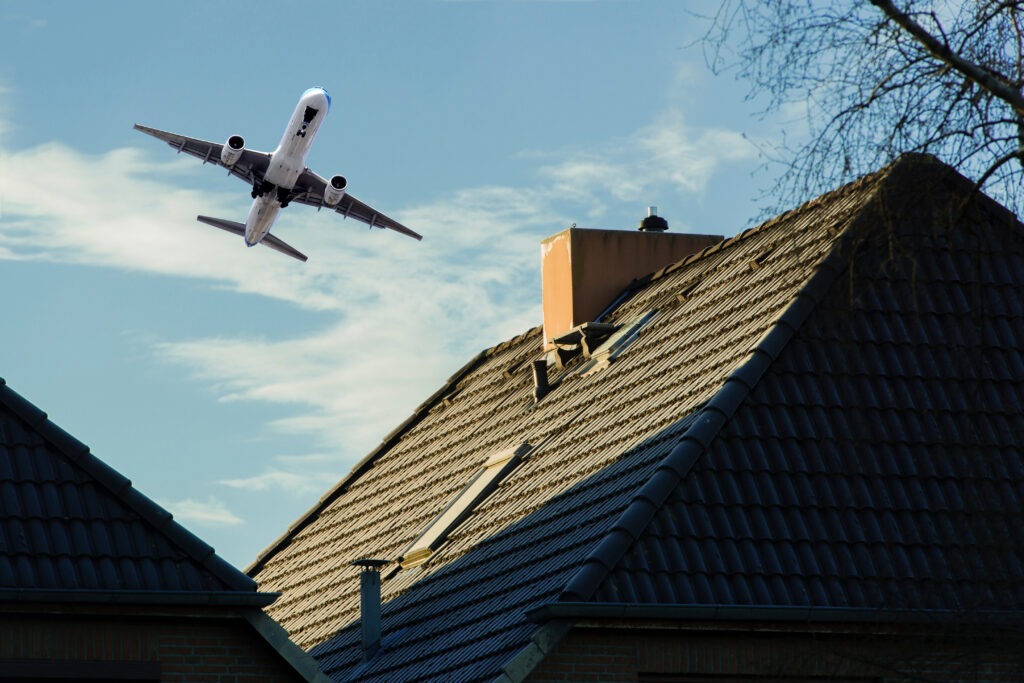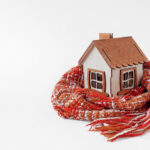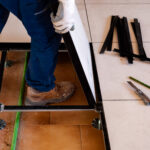Due to the fact that noise pollution has a considerable impact on people – quality of living surroundings, life, social relations – as well as on the assets they use and enjoy – real estate assets – the State has intervened by drawing up a specific sectorial legislation that is predominantly aimed at the public sector but that has inevitably influenced the private sector as well (sales contracts; bidding contracts; professional responsibility). In general terms, the legislation relating to noise pollution is governed by the framework law on noise pollution – Law no. 447 of 26 October 1995 – that sets out the duties of a public bodies entrusted with regulating, planning and controlling both public and private subjects that could cause noise pollution. From this law, for its application purposes, a series of implementation decrees and regional laws have sprung.
In residential buildings, a number of noises can lead to user discomfort. One of these is external noise. So, it is essential to create an adequate and particular external acoustic insulation wall, that is, a correct acoustic planning of the façades on buildings according to their use and the external noise in the area. All this with a view to guaranteeing acoustic comfort to those users inside.
It is clear that the façade on a residential building in an area with little traffic and/or a residential area does not have the same acoustic requirements as the façades on a building of similar use in the middle of a large city, nor does a school, commercial, industrial or hospital building have the same acoustic insulation requirements. So, designing external noise insulation panels needs to be personalised: it needs to be done on the basis of the needs of each building by those specialising in external wall noise insulation like Imola Tecnica.

Thermal-acoustic insulation of an external wall: the relevant legislation.
In more specific terms and with regard to noise insulation from the outside, the Decree from the President of the Council of Ministers issued on 5 December 1997, and published in the Official Journal no. 297 on 22 December 1997, entitled “Establishment of passive noise requirements for buildings”, that identifies the measuring parameters, the means for measuring them and the limits imposed for each measured parameter, which, when surpassed is regarded generative of a phenomenon of noise pollution. The lack of passive sound requirements compromises the normal inclination of a structure to fulfil the essential economic-social function for legitimate enjoyment and saleability purposes. It is well known that, currently, failure to comply with the parameters established by the legislation governing the thermal sound insulation of external walls leads to a significant drop in the purchasing value of a property. The Decree states explicitly that respect for passive sound requirements should be demonstrated when the work has been completed. There is no compulsory phonometric testing but, for example, in the case of a dispute, it is essential to prove that the required result has been achieved. The only person authorised to carry out the phonometric test and render it legally binding is a Skilled Sound Technician, that is, a professional, enrolled on the regional register of skilled environmental sound technicians.
Three key aspects need to be taken into consideration in order to achieve a legal result on the work:
- Planning a sound insulation on an already existing external wall with excellent performance, whose insulation material and the external parameter are
- The choice of a quality insulating material and external covering specific for the application in question;
- The perfect installation, or rather expert installation even in the creation of construction details.
If just one of these three elements is missing, the final result will probably be compromised.



